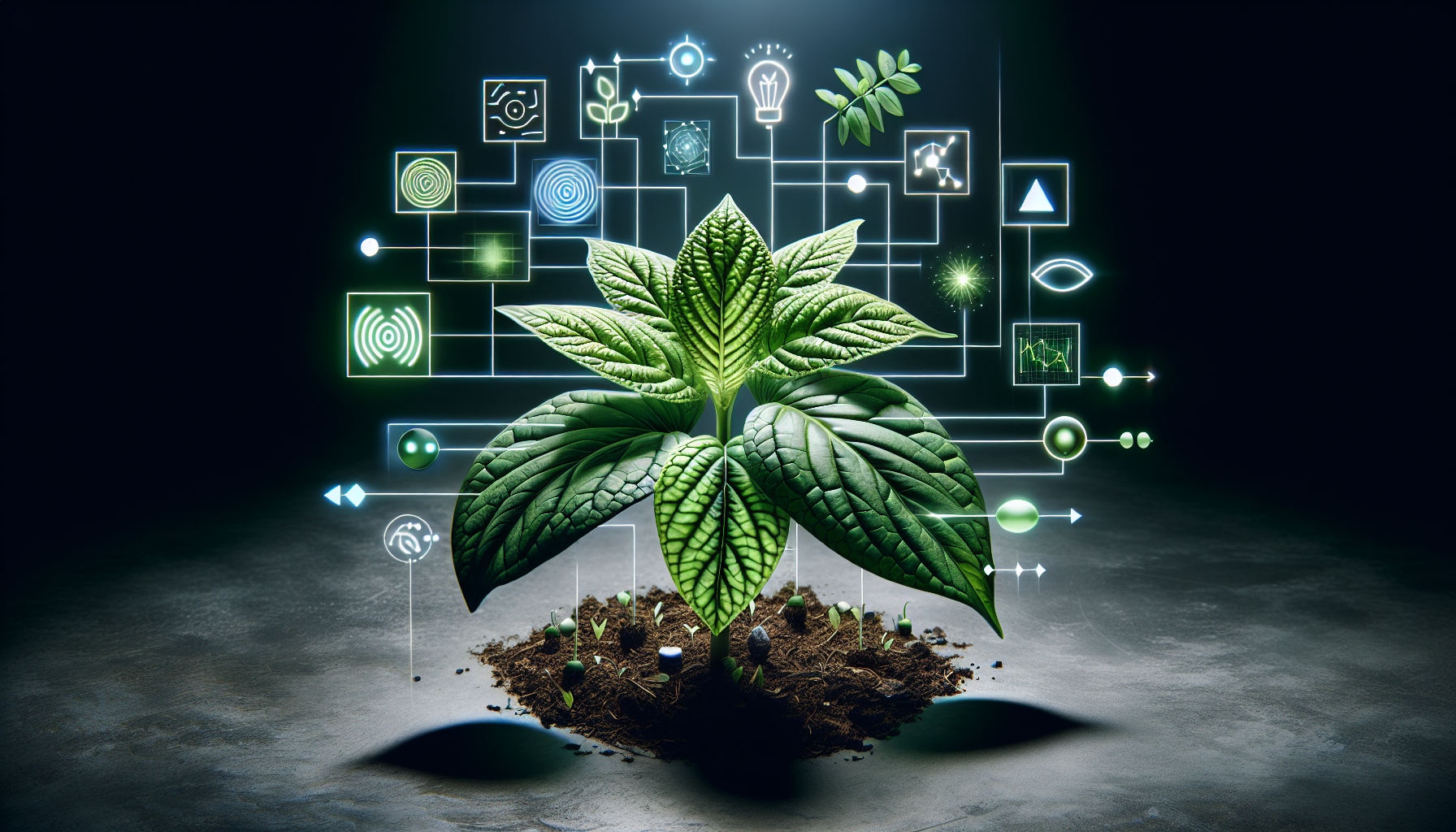
can plants see
Can Plants See? Unveiling the Secrets of Plant Perception
Have you ever wondered if plants can see the world around them? While plants lack eyes and a brain, their ability to perceive their surroundings is nothing short of extraordinary. Plants are equipped with unique mechanisms that allow them to sense light, colors, and even the direction of movement. But can this be considered "vision"? Let’s explore the fascinating science behind plant perception.
What Does "Seeing" Mean for Plants?
When we talk about seeing, we typically refer to the ability to detect light and process images using eyes and a brain. Plants, however, perceive light in a different way. They use specialized proteins called photoreceptors to detect the presence, direction, intensity, and wavelength of light. These photoreceptors allow plants to adjust their growth and behavior to optimize their access to sunlight for photosynthesis.
How Do Plants Sense Light?
Plants have several types of photoreceptors, each tuned to specific wavelengths of light:
- Phytochromes: Detect red and far-red light, helping plants sense day and night cycles.
- Cryptochromes: Sensitive to blue light, they regulate processes like seed germination and flowering.
- Phototropins: Also sensitive to blue light, these control the plant’s ability to bend toward light sources, a phenomenon known as phototropism.
Through these photoreceptors, plants can "see" their environment in a way that helps them survive and thrive.
Can Plants Recognize Shapes or Objects?
While plants can't form images like animals with eyes can, research suggests they may be able to detect shadows and the movement of objects. For example, plants can sense when something is blocking their access to sunlight and respond by growing away from the obstruction. This ability to detect changes in light patterns is crucial for their survival.
Do Plants Respond to Colors?
Yes, plants respond to different colors of light. Red light often signals the time to germinate or flower, while blue light triggers growth and movement toward light sources. This color sensitivity is an essential part of how plants interact with their environment.
The Future of Plant Perception Research
Scientists are continually uncovering new ways in which plants perceive their surroundings. Studies have even explored whether plants can respond to vibrations or chemical signals from neighboring plants. As research advances, we may discover that plants "see" the world in ways far more complex than previously imagined.
Conclusion
While plants don't have eyes or a brain, their ability to sense light, colors, and movement is a remarkable adaptation. By using photoreceptors and responding to their environment, plants demonstrate a form of perception that allows them to survive and thrive. Next time you see a plant leaning toward sunlight or flowering in the right season, remember that it’s "seeing" the world in its own unique way.
Want to learn more about how plants perceive their surroundings? Check out this article on light sensing in plants.